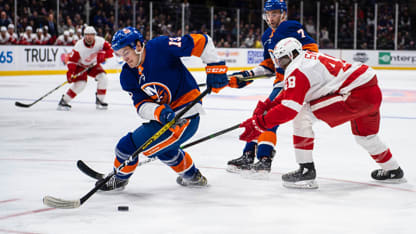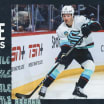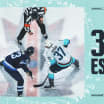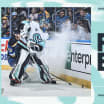Before dipping even one skate into the hockey analytics pool, let's start with three guys who dove straight into the deep end. First up is Frederick Winslow Taylor, a mechanical engineer from Philadelphia who first applied analytics and other engineering principles to promote efficiency in manufacturing processes in the late 1800s. Taylor touted time management as an important factor to work output. He basically founded industrial engineering as a scholarly and professional pursuit.
Second up is Henry Ford, who applied analytics to his automobile assembly line. He was most interested in measuring the speed of work. Ford's success inspired more businesses to analyze how to be both more efficient and productive-the practice of "analytics." Computers supersized the analytics movement because more data could be calculated and analyzed way quicker. By the late 1960s, computers were being used regularly to support business decisions. Business analytics were here to stay in the business world, leading to data analytics that can be simply defined as researching, discovering, formulating and interpreting patterns within data.
Everybody in the (Data) Pool
Before diving into the deep end of the hockey analytics pool, we wade through the fundamentals






















